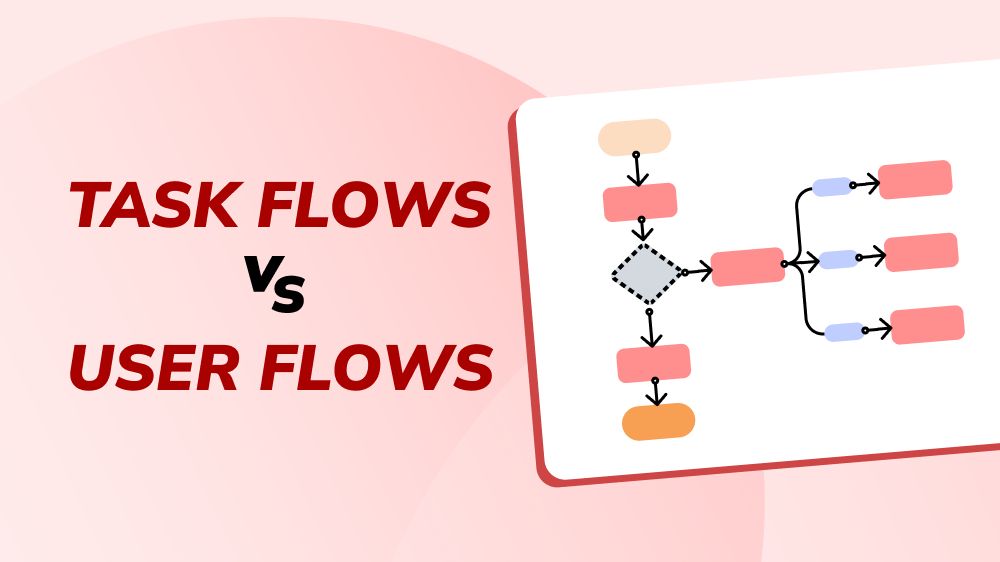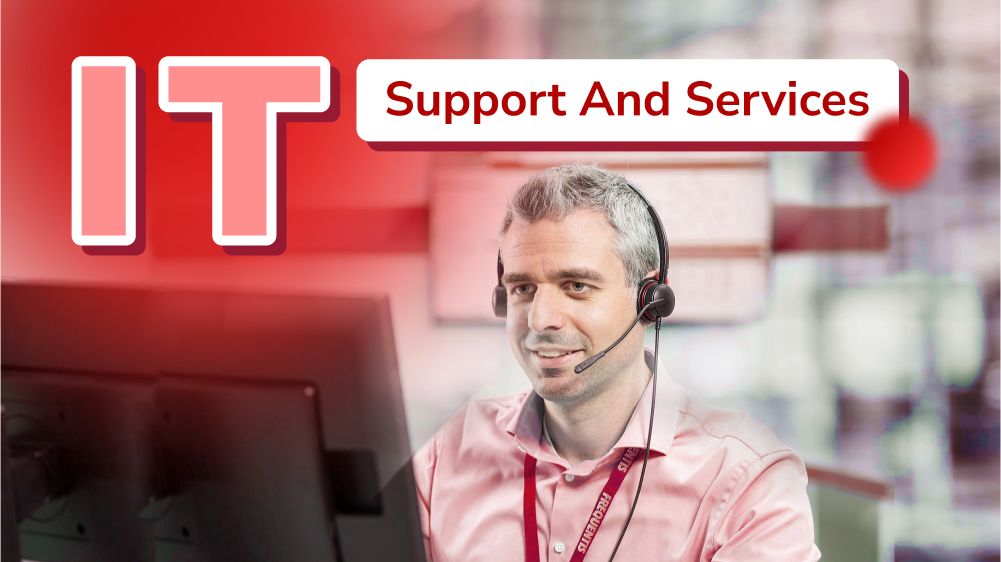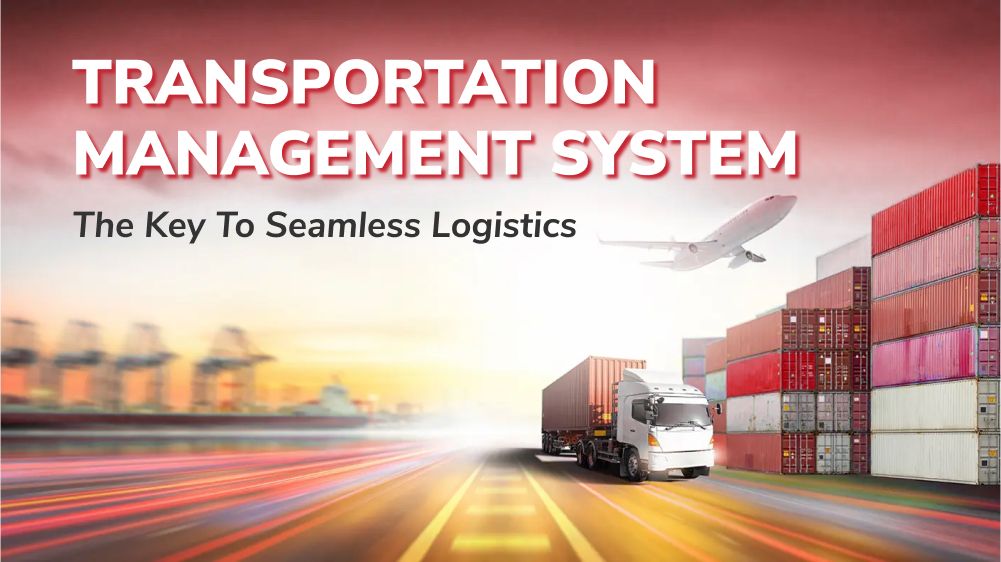Agile vs. Waterfall Project Management: Clarify Them with 10 Differences
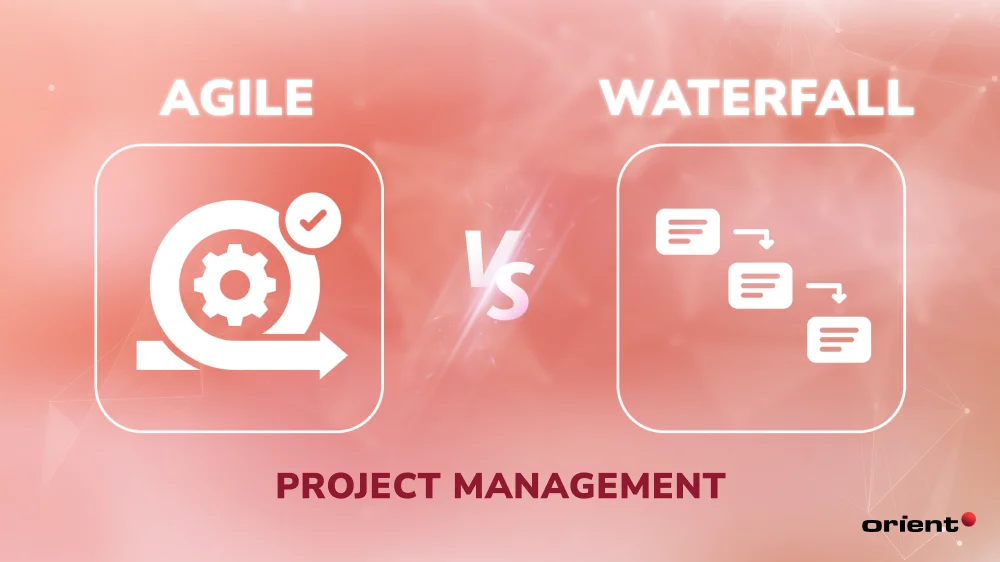
Content Map
More chaptersDo you intend to kick off your project right away without applying any project management methodology? Think again if you don’t want to take the risk of failure, missed deadlines, and budget overruns.
Conversely, before planning and executing a software development project, the first thing you have to decide on is how to run the project with your team - or, in other words, which project management/development methodology your business will follow. The decision seems to be small, but it greatly impacts how the software development team within an organization operates to achieve the desired outcomes.
There are two well-known and most-used software management methodologies in today’s landscape: Waterfall and Agile project management. Both have their own pros and cons, as well as specific project requirements your team has to follow. These methodologies are to ensure that your team can develop high-quality software and carry out the best values for your investments.
However, there are several distinctive differences between Agile vs. Waterfall project management to separate the two, and knowing their pros and cons will help you decide on the best management methodology for your project team.
Key Takeaways
- Agile methodology is better suited for projects with evolving requirements, while Waterfall is more aligned with projects that require a sequential approach.
- The main advantage of the Agile approach over Waterfall is that Agile allows for changes to be made at any stage of the project while Waterfall does not.
- The Waterfall method stands out with its structured approach, where timelines, budgets, and deliverables are typically well-defined upfront.
What to Know about Agile Methodology
Agile is an iterative, incremental, team-based approach to software development. This methodology is based on the fact that technology is constantly changing, as well as customer demands. Whereas Waterfall relies on the fact that all requirements do not change during the project lifecycle, Agile allows developers and customers to work together to build the best and most suitable software for their businesses.
The Agile method is built on self-organized, cross-functional teams working together to develop a product that is not only advanced in technology but also easily adaptable and fulfills all customer requirements and expectations. With this method, development, testing, and evaluation are done constantly to improve the product as the process goes. Software is developed in stages where changes are done to improve the product to the utmost quality, along with the customer’s input on a daily/weekly basis.
Main Agile Methodologies
There are several Agile methodologies that IT companies often use. Even though the basic core elements are the same, there are a few differences along with their own advantages and disadvantages. If you want to use Agile as your software management method, here are a few you should consider choosing from:
1. Scrum
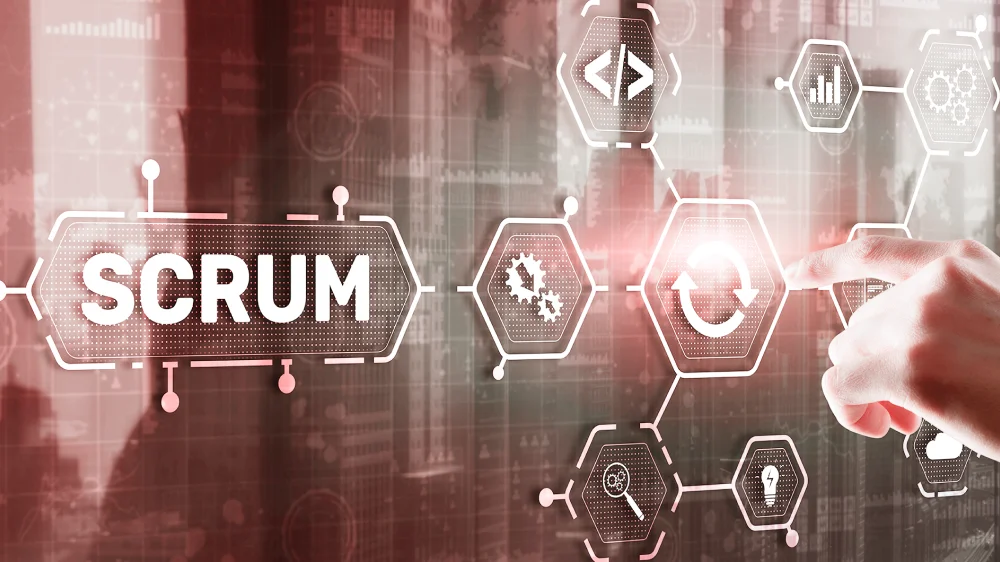
Scrum is undeniably the most well-known, most popular Agile framework for software management. The Scrum method is based on short cycles called sprints, where a full development rotation is done. The team also meets for a daily or weekly meeting to plan for the work day or the week. After every sprint, the feedback is collected, and the next sprint is planned. The full rotation is as follows:
- Establishing requirements
- Planning and designing
- Developing
- Deploying and testing
- Evaluating
- Collecting feedback
- And repeating
2. Extreme Programming (XP)
Developed by Kent Beck, this methodology prioritizes customer satisfaction over all else. This means the customer is constantly encouraged to make changes, even at the last stage of the project. Teamwork is crucial as once there is a problem, the whole team of leaders, developers, and customers is supposed to work together to figure out the best solution.
3. Kanban
Created by Taiichi Ohno and used by Toyota, the Kanban method focuses on maximizing efficiency and improving continuously. It is also called the “just in time” method for software management. The workflow is demonstrated on a whiteboard or an Agile task board, where the process is clearly stated, and everyone is updated on what everyone else is doing in order to coordinate in a timely manner and produce the best outcome in the least amount of time.
Advantages of the Agile Model
The Agile model is created to build the “perfect software” for clients. It is usually used for more complicated, large projects where more advanced technologies are used. The Agile model encourages testing and evaluating so there are fewer errors in the final product and makes sure that customers are satisfied with the project outcome, as their inputs are needed in every stage of the development process.
By including the customers and team members in the development process rather than barely relying on the control of the project manager, you can have a better sense of what the product outcomes are going to be and a better sense of ownership as they actively participate in the development process. Customers are also updated on the latest technologies and can be confident that their product is ahead of the trend and can attract end users.
A team leader is usually present in teams that use the Agile method. The team leader usually holds the teams together and can push collaboration between the teams and between the team and the customer. This improves communication and makes sure that everyone is in on what is going on so they can concentrate on doing what they do best.
Even though the Agile method might take longer than the Waterfall method, there is no potential delay or start over as the final product is usually as expected and of high quality with no bugs as testing is done throughout the process.
In short, the pros of Agile methodology include:
- Allowing for a high level of flexibility
- Elevating transparency through progress updates
- Having an iterative nature that fosters continuous improvement
- Promoting active stakeholder involvement
- Responding to changes swiftly
Disadvantages of the Agile Model
The Agile model is considered much more complicated compared to the Waterfall approach and might not be suitable for small-scale, short-time projects where all the requirements are already set in stone and the deadlines are short. The customer is also involved in all of the stages, so requirements might change very often, which leads to confusion and time extension on the project. This means that Agile projects are usually longer compared to Waterfall projects.
In order to execute all the stages properly, the teams are supposed to work together flawlessly. This means constant communication and teamwork are required, and the customer is always updated on the project. Even though this might sound amazing at a glance, having awesome teamwork requires a lot of work and can be very time-consuming. The responsibility lies heavily on the team leader to keep the project going and the customer happy.
Since technology is always changing, it is very tempting to continuously update and upgrade the project, even though it extends the time and delays the deadline. There is also a potential for disagreement as requirements are always changing, and the best solution that the teams offer might be different from what the customer wants.
In short, the cons of Agile methodology include:
- Uncertainty in project scope and timeline
- Resource-intensive
- Scope creep
- Additional training courses
What to Know about Waterfall Methodology
The Waterfall model, or what we called Linear Sequential Life Cycle model, is a software management methodology where your team executes events in a linear or “Waterfall” order. This is considered the traditional software management methodology where everything starts and finishes before moving onto the next stage.
A typical Waterfall model project will look similar to this:
- Establishing requirements – The customer and the team go over the requirements and expectations for the project. These include what they are looking to make, the budget, the deadline, the technology, etc.
- Planning and designing – Once the initial picture is drawn, the team then goes ahead and plans for the entire project, including the technologies that will be used, how many team members and what documents will be needed, and the tasks for all the members.
- Development – This is when the software development starts. Developers start working on the project to build proper, working software that fulfills all the customer’s needs.
- Testing – After the development phase is over, the testing starts in order to make sure that everything works.
- Product deployment/delivery – The product is handed over to the customer.
Advantages of the Waterfall Model

As the traditional software management model, Waterfall is very easy to proceed and follow through. This model requires you to have specific conditions and goals for each and every part of the development cycle and makes sure that everything is ready for the next stage.
Waterfall is a very straightforward model as developers and decision-makers agree early on in the development process, and expectations are transparent from start to finish. Progress is also easier to measure, as it is linear and moves from one stage to the next. Thanks to this, the Waterfall method allows the fastest delivery speed for all projects and works extremely well on smaller, less complicated projects.
The customer is only involved in the first and last stages; this means that it is easier for developers to concentrate on their expertise, and less time is needed to review the project over and over again after each stage. Furthermore, if staff change occurs in the middle of the process, it is easy to adapt the staff to the change as tasks can be handed over swiftly and without compromises on quality.
The best advantage of this methodology is that you can expect a completed, working software at the end of the project, and the delivery time is usually measured accurately and with no delay.
In short, the pros of the Waterfall methodology include:
- Providing defined stages for project development
- Predictable timelines, budgets, and timelines
- Easy to manage and monitor the project’s progress
- Reducing potential scope creep as client involvement is limited
Disadvantages of the Waterfall Model
The first thing you should consider before applying the Waterfall model to your project is that it is not a very suitable method for large and complicated projects. If you are going to make a lot of changes or consider having a long-term project where technologies might change or be updated, this might not be the best method as the Waterfall model is not adaptable to changes.
Once the design stage is over, it is much harder to apply changes to the project. Since the team strictly follows the process set up during the planning stage, they will carry out all the tasks as planned instead of improvising or improving during the process. In addition, once a stage is over, it is considered finished, and it is much harder to revisit the previous stage in the future.
Another point is that the testing is only done after the development stage is over. This makes it harder for developers to fix the errors that occur earlier in the process and might delay completion time, or even worse, makes the project more costly.
Since the customer is only involved in the planning and delivery stages, there is a potential that the final product cannot satisfy the customer. This makes it much harder for developers to change according to the customer’s will, as this most likely means that the project has to be restarted and executed all over again.
In short, the cons of the Waterfall methodology include:
- Limited flexibility as changes cannot be easily implemented
- Late feedback
- Long delivery timeline that leads to slower time to market
- Testing challenges
10 Differences to Set Apart Agile and Waterfall Methodologies

| Aspect | Agile | Waterfall |
|---|---|---|
| Approach | Iterative approach with a focus on adaptability | Linear approach with distinct phases |
| Flexibility | Highly flexible to accommodate changes | Less flexible as changes cannot be applied once a phase is over |
| Planning | Planning evolves as the project progresses | Fixed plan is done at the beginning of the project |
| Delivery | Allows for quick delivery of the product with shorter cycles | Releases the completed product at the end of the project |
| Client Involvement | Clients are involved throughout the project | Clients have limited access to the project |
| Team Structure | Cross-functional Agile teams work together | Each team member has specific duties |
| Testing | Emphasizes incremental testing throughout the project | Testing is done at specific milestones |
| Documentation | Focuses on working software rather than on paperwork | Relies heavily on documentation at each step |
| Feedback | Encourages regular feedback | Collects feedback after each finished phase |
| Customer Satisfaction | Prioritizes customer satisfaction through continuous delivery | Customer satisfaction is gauged upon final product delivery |
So, Agile or Waterfall?

The importance of project management methodologies should never be overlooked as they are the cornerstone of successful project execution which bring transparency, efficiency, and alignment within development teams.
There are very distinctive advantages and disadvantages between the Agile method and the Waterfall method, which should help you pick the best method for your project. Are you looking for a short-term project where all requirements are set and limited technology choices are needed, or do you need advanced software that follows the market trends and can provide the best possible outcome in order to stay competitive in the market? Finding the answers to these questions is the best way to choose a suitable methodology for your project.
However, if you still don’t know where to start, the below clues may help:
When to use Agile:
- The project requirements are likely to evolve.
- The existing team is a cross-functional team.
- Frequent iterations and rapid deliveries are preferred.
- Client involvement and feedback throughout the project is a must.
- There is no fully defined project scope at the beginning.
When to use Waterfall:
- The project requirements are unlikely to change.
- A sequential approach is necessary.
- The project has predictable deliveries based on fixed deadlines.
- Client involvement is minimal.
- Upfront planning and detailed documentation are essential.
No matter which method you choose, it is important to make sure that the teams can carry out tasks flawlessly, and the right technologies are used. Picking out the right software management methodology might be the first step, but there are many more steps to go in order to develop the best software solution for your business.
As a reliable outsourcing company in Vietnam with nearly two decades of experience working in the technology industry, Orient Software is trusted by partners of all sectors to maximize their project potential. Not only do we simply help you choose the right methodologies, but we also support you in every stage of the software development process, from conceptualization to delivering. Contact us if you need assistance.

